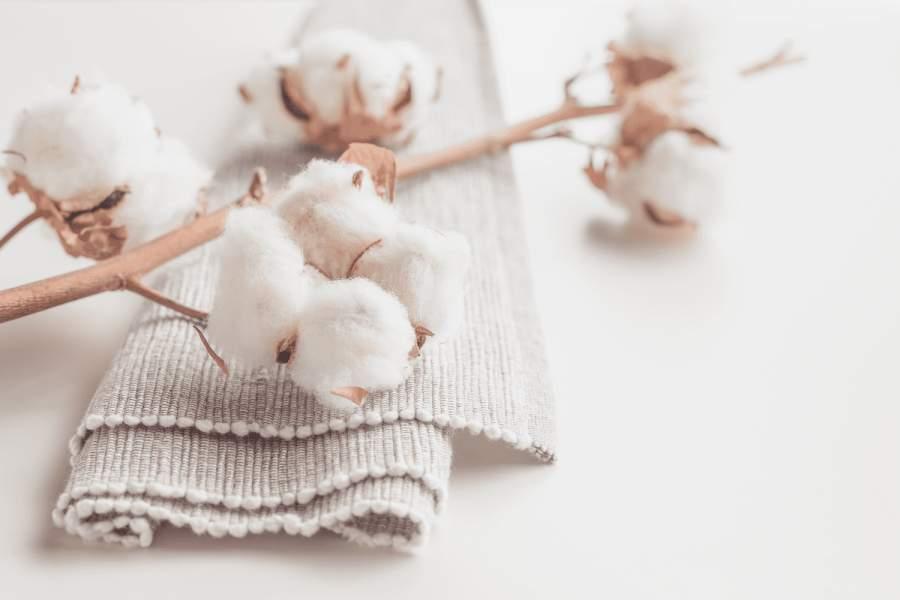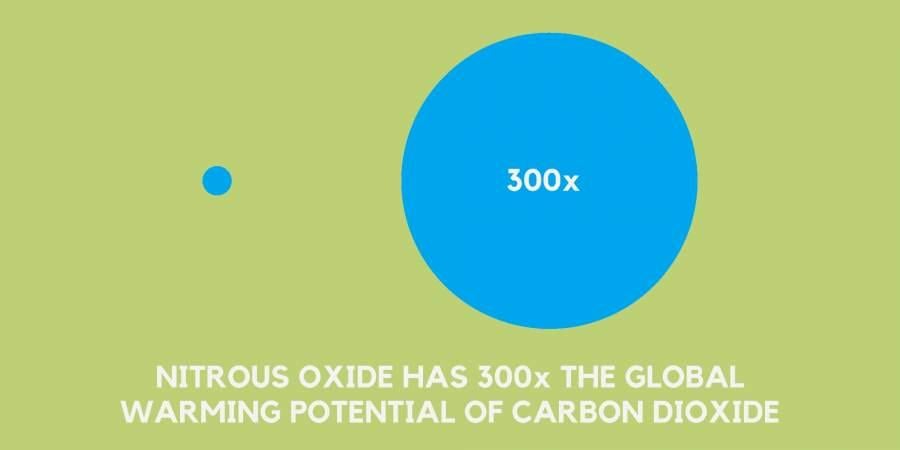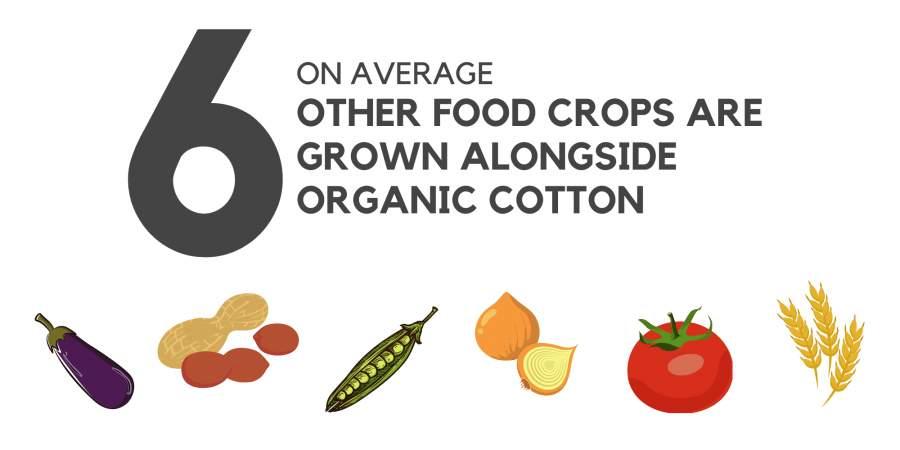Cotton is everywhere. It’s the most widely produced non-edible crop in the whole world. Cotton crops are responsible for providing jobs to over 250 million people in developing countries.
These facts are great and all, but they don’t touch on the serious implications these mass cotton crops have on the neighboring wildlife and environment.
In this article, I take a deeper look at organic cotton and how much more sustainable (if at all) it is compared to traditional cotton.
The problem with regular cotton
In 2019 alone, over 25 million tonnes of cotton were produced worldwide. The bulk of this cotton production lies in just a few countries, with India, the United States, China, Brazil, and Pakistan accounting for over 70% of total production.
Industry analysts expect the market to grow by a CAGR (compound annual growth rate) of 3.1% over the next 5 years. If this materializes, that’s an extra 4 million tonnes of cotton.
You might be wondering why I’m focusing so much on the production statistics. There’s one key factor here that’s impacted directly by production – water usage.
Water consumption
The world doesn’t have an endless supply of water. It’s a precious commodity that’s running out. So when I tell you how much water is needed to produce a single kilo of traditional cotton, you’ll understand why these increasing production numbers are worrying.
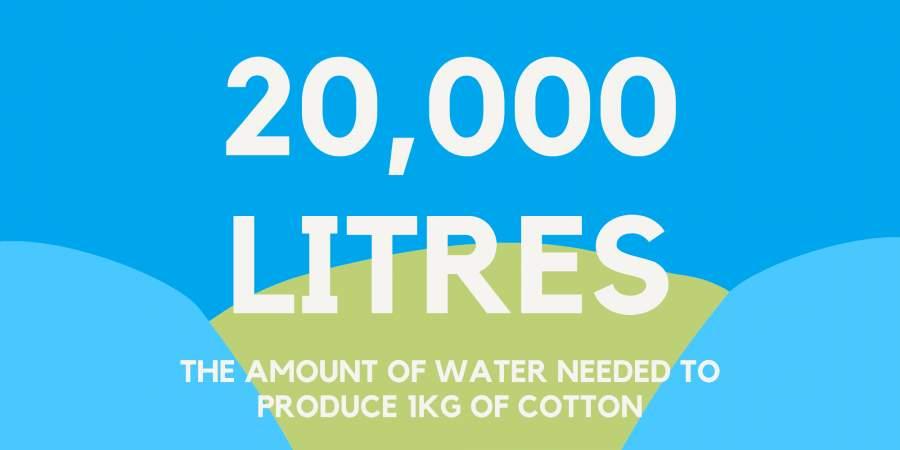
Not only is cotton’s water consumption extremely high, but the countries that rely heavily on cotton crops are often already suffering from water shortages. Take India as an example, in June 2019 65% of the country’s water reservoirs were running dry.
Pesticides & fertilizers
Cotton production negatively affects our water supply in two ways.
- To feed the crops
- Contaminating water with chemical pesticides and fertilizers
To give you an idea of how many chemicals the farms use, cotton fields account for just 2.5% of agricultural land, but use 16% of the world’s pesticides. This statistic makes cotton the world’s largest consumer of pesticides.
This level of pesticide use is problematic because of how toxic the chemicals are. They pose a serious risk to both the environment and human health. The World Health Organisation labeled 8 out of 10 commonly used pesticides in US cotton production as hazardous. Many pesticides are unselective and also pose a risk to beneficial wildlife such as birds or pollinating insects.
What is organic cotton
The methods used to farm organic cotton have a low environmental impact and help promote biodiversity in agriculture. It’s produced without the use of genetically modified seeds or any synthetic chemicals.
Farmers prefer to use natural alternatives like compost and crop rotation to grow their crops. Companies use third-party organizations to verify that the cotton they use has been farmed organically.
In 2016/2017 we produced 116,000 million tonnes of organic cotton globally, this accounted for a little over 0.5% of total cotton production.
Organic cotton production has been pretty steady for the last few years, but we expect this to rise as more and more retailers pledge to make the switch to organic.
82 brands including ASOS and Nike have committed to only using cotton from sustainable sources by 2025.
Benefits of organic cotton
The benefits of organic cotton can be split into two distinct categories; environmental and social.
Better for the environment
Lower water consumption
It’s claimed that organic cotton can use up to 88% less water than traditional cotton during the growing process.
This is a controversial issue with many citing that lower yields in organic farming mean overall more water is used. However, the Textile exchange points out that these counter-arguments fail to take water pollution into account. Once you include water contaminated by toxic chemicals, the savings made by organic farming are pretty dramatic.
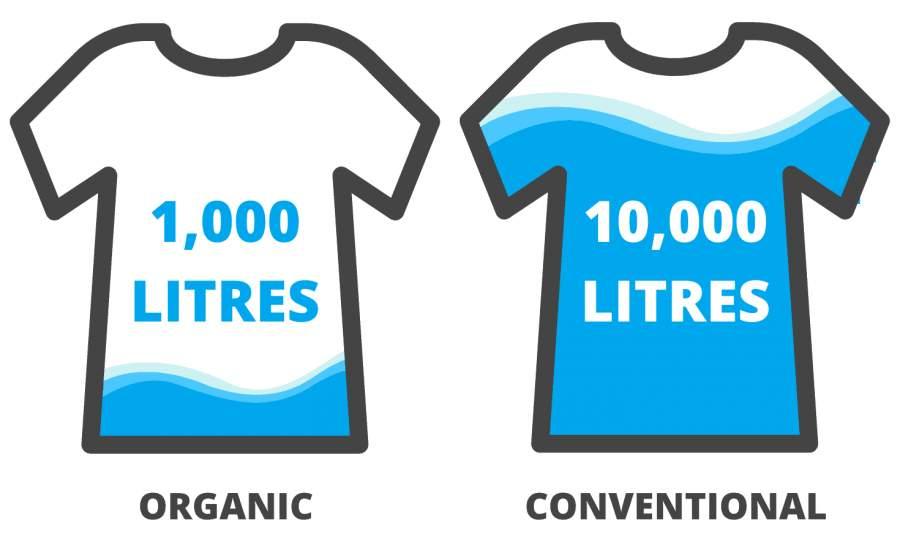
Another reason organic cotton uses less water is to do with soil health. Organically farmed soil has a better structure than non-organically farmed soil, so it can retain more water and the crops need less watering. This extra capacity to hold water means that organic soil is more likely to survive a drought. Something that may become increasingly important in the years to come.
Organic farmers are also more likely to use rainwater rather than irrigation as a water source, taking the pressure off local water sources. According to the Soil Association, 80% of organic cotton is rain-fed.
Increased biodiversity
Organic farming bans the use of pesticides. This helps to protect the delicate ecosystems found on agricultural lands. Organic farms have been shown to support high levels of diversity in a wide range of organisms including bees, birds, butterflies, and beetles.
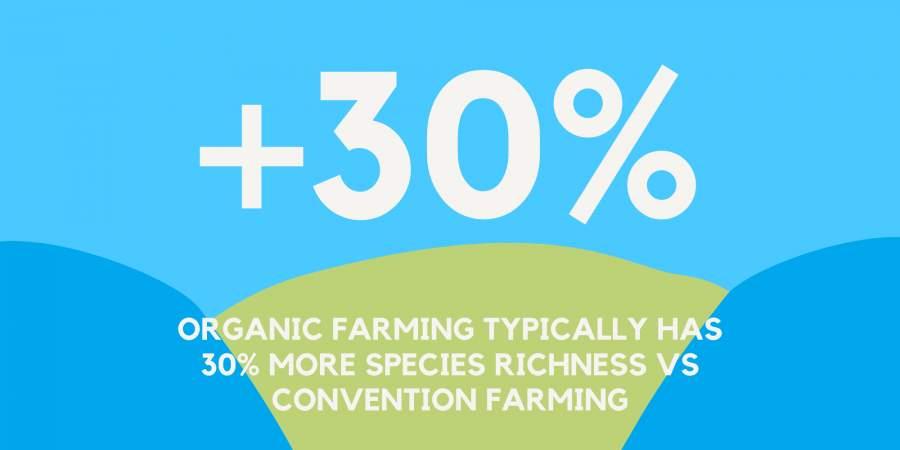
Less polluting
We mentioned above that because no chemicals are used, there’s minimal water pollution involved in organic farming. In fact, a report by the water footprint found that traditional cotton farms contaminated up to 122 times more water than organic cotton farms.
The elimination of synthetic fertilizers also has positive implications for the crops’ contribution to climate change. It’s been estimated that 1.2% of the world’s greenhouse gas (GHG) emissions can be attributed to fertilizers. Nitrous oxide is a very potent GHG and is often released during the production and use of chemical fertilizers.
A lifecycle assessment of organic cotton found that because no chemical fertilizers are used, its global warming potential (GWP) is 46% lower than conventional cotton, and the energy consumption is reduced by 62%.
The improved soil structure found in organic farms also means they’re better able to act as carbon sinks, lowering the overall carbon footprint of organic cotton.
Better for the farmers
A more secure income
Crop rotation is an integral part of organic farming. This means that farmers can grow their own food alongside the cotton, as well as supplement their income by growing other crop varieties to sell.
Organic farmers also have fewer expenses because many of the materials they use, such as compost or manure, come from natural sources.
Improved health
Pesticide toxicity is hard to measure because the effects can impact people years after exposure, or children whose parents have been exposed. However, there’s a multitude of recent studies that show the chemicals in pesticides have negative health consequences including skin irritation, breathing difficulties, and increased risk of miscarriage.
The health problems cotton farmers and their families face also mean they face higher medical bills. One study by the WHO found that the cost of acute pesticide poisoning in Nepal accounted for one-third of total health care costs.
Organic farmers don’t expose themselves to these harmful chemicals, instead opting to use safer methods of pest and weed control such as mechanical weed pulling.
A better work environment
Many organic farms have also put in measures to ensure the fair treatment of their workers. According to the Fair Trade Association, 65% of fair trade cotton farms are also certified organic. That’s a big number when you consider how small the organic cotton market currently is.
Ways to shop responsibly
Here are some tips to help you buy sustainably in confidence.
Look for certified materials
The only way to be sure that the cotton you’re buying is organic is to check that it’s certified by a third-party organization. There are two main ones to look out for:
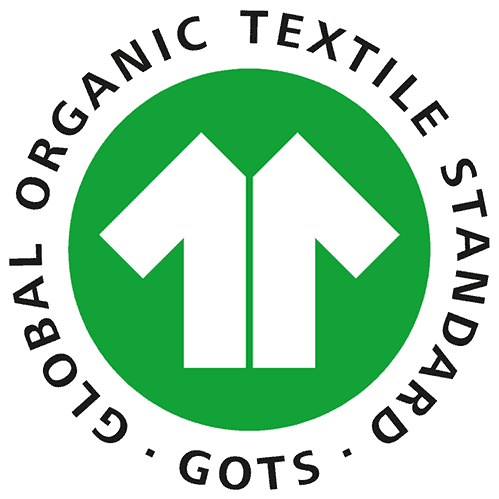
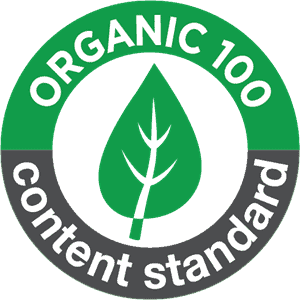
As with any crop, how the cotton is grown is just one part of the story. We recommend opting for products holding a Global Organic Textile Standard (GOTS) certificate. This certification not only verifies that the cotton is organic but also ensures that the end product has been dyed with non-toxic dyes, and that all the suppliers involved adhere to set social and environmental standards.
Avoid blended materials
Make sure to check the label and see if the product is 100% organic cotton, or if it contains a significant percentage of another synthetic material. Always opt for the option with the highest percentage of organic cotton.
Support organic brands
More and more big-name brands are using some amount of organic cotton, but where you can it’s better to buy from a company that’s already committed to being 100% organic. Art and Eden, who sells children’s clothes made from organic cotton, are an example of such a brand. They aim to make clothes that are better for the planet, better for the workers who make the clothes, and better for the children that wear them.
SOL + SPIRIT is another great example of a sustainable brand that sells 100% organic cotton bags to reduce single-use plastic consumption. We love that it’s run by a mother-daughter duo. Stop using plastic at the store and pick up some organic cotton tote bags or reusable produce bags – you’ll thank us later! With ethical and sustainable certifications, carbon offset shipping, and a manufacturing process that only uses renewable energy, you can make your zero-waste purchase knowing you aren’t harming the environment in the process.
